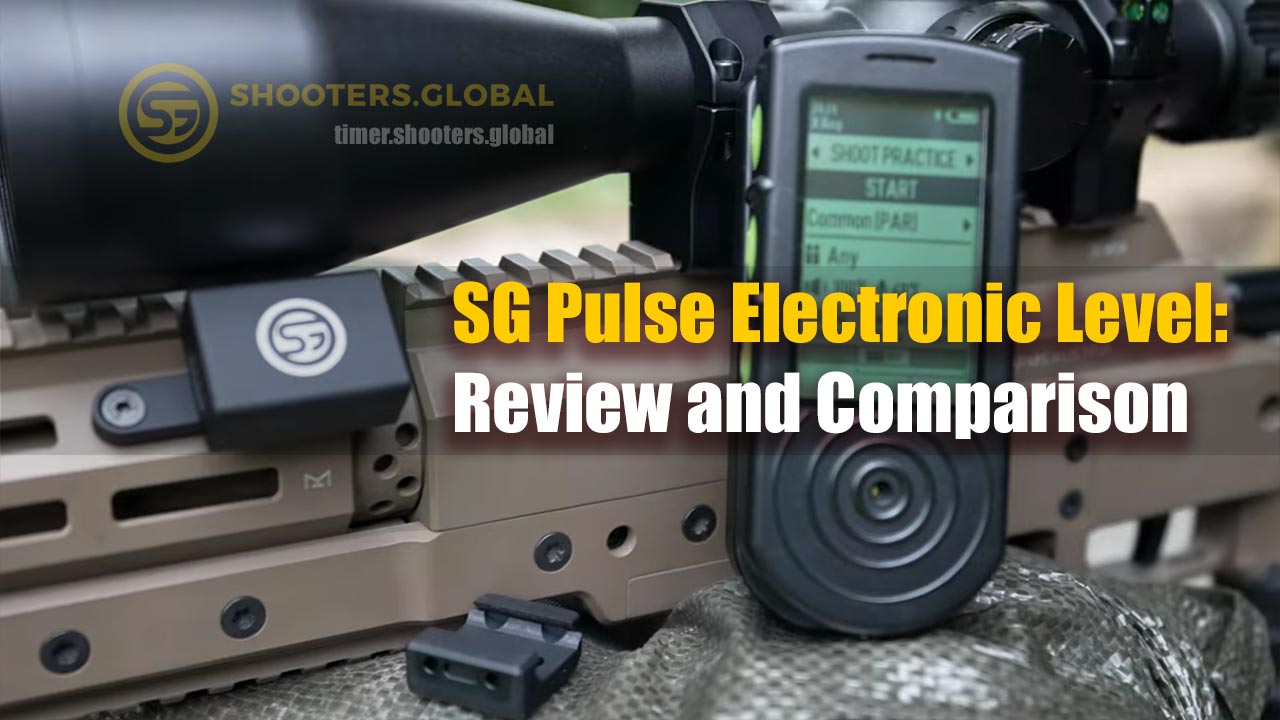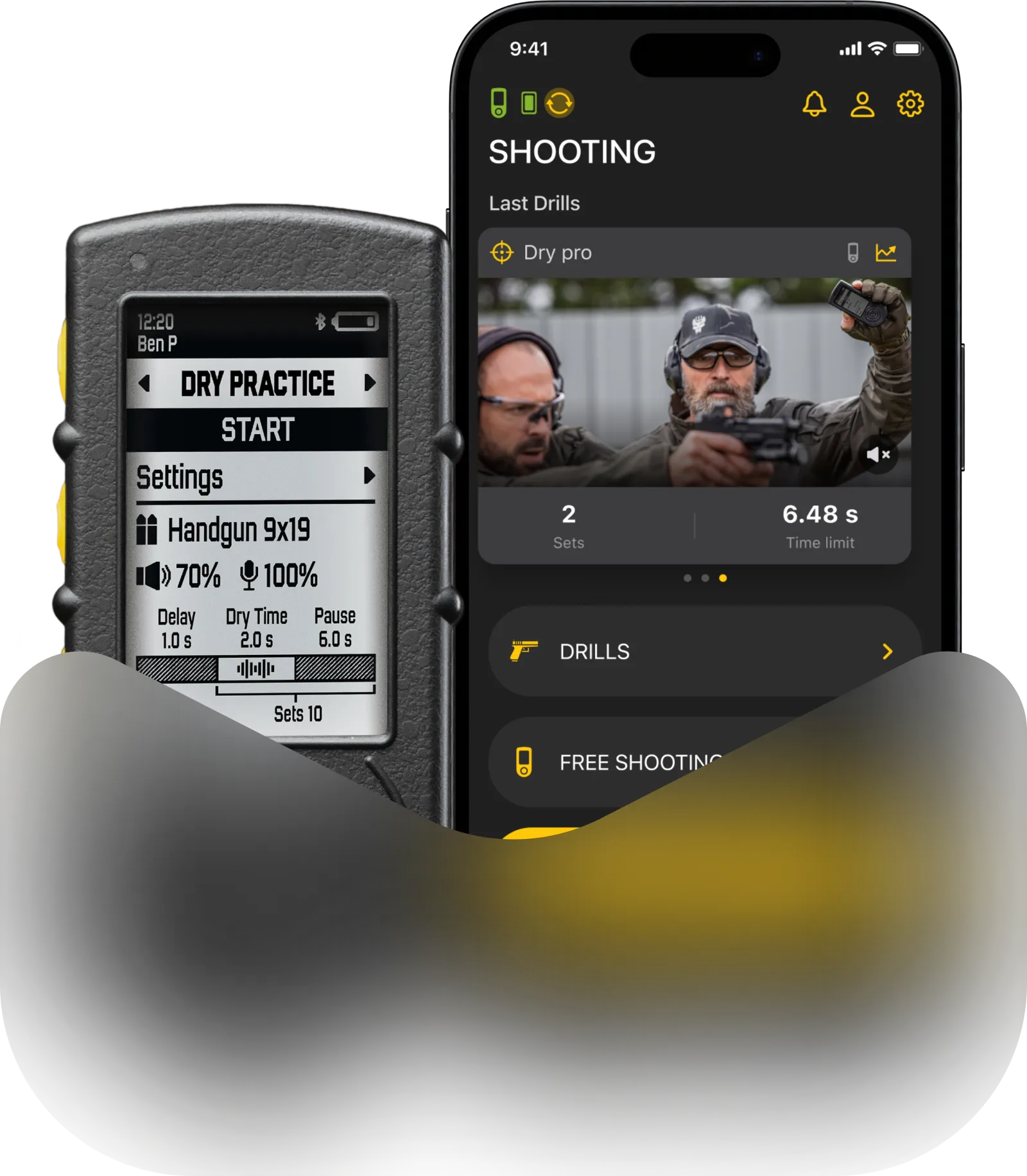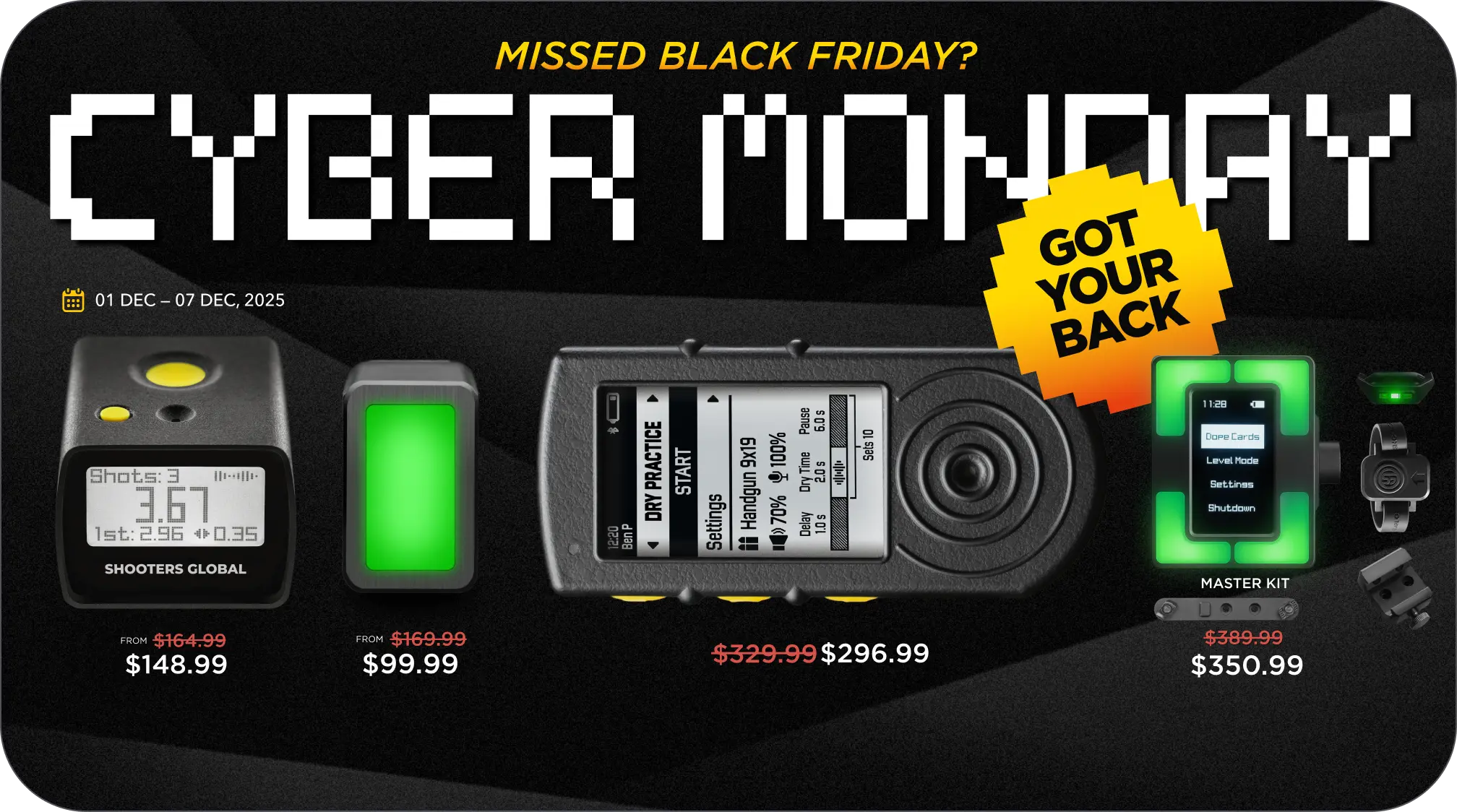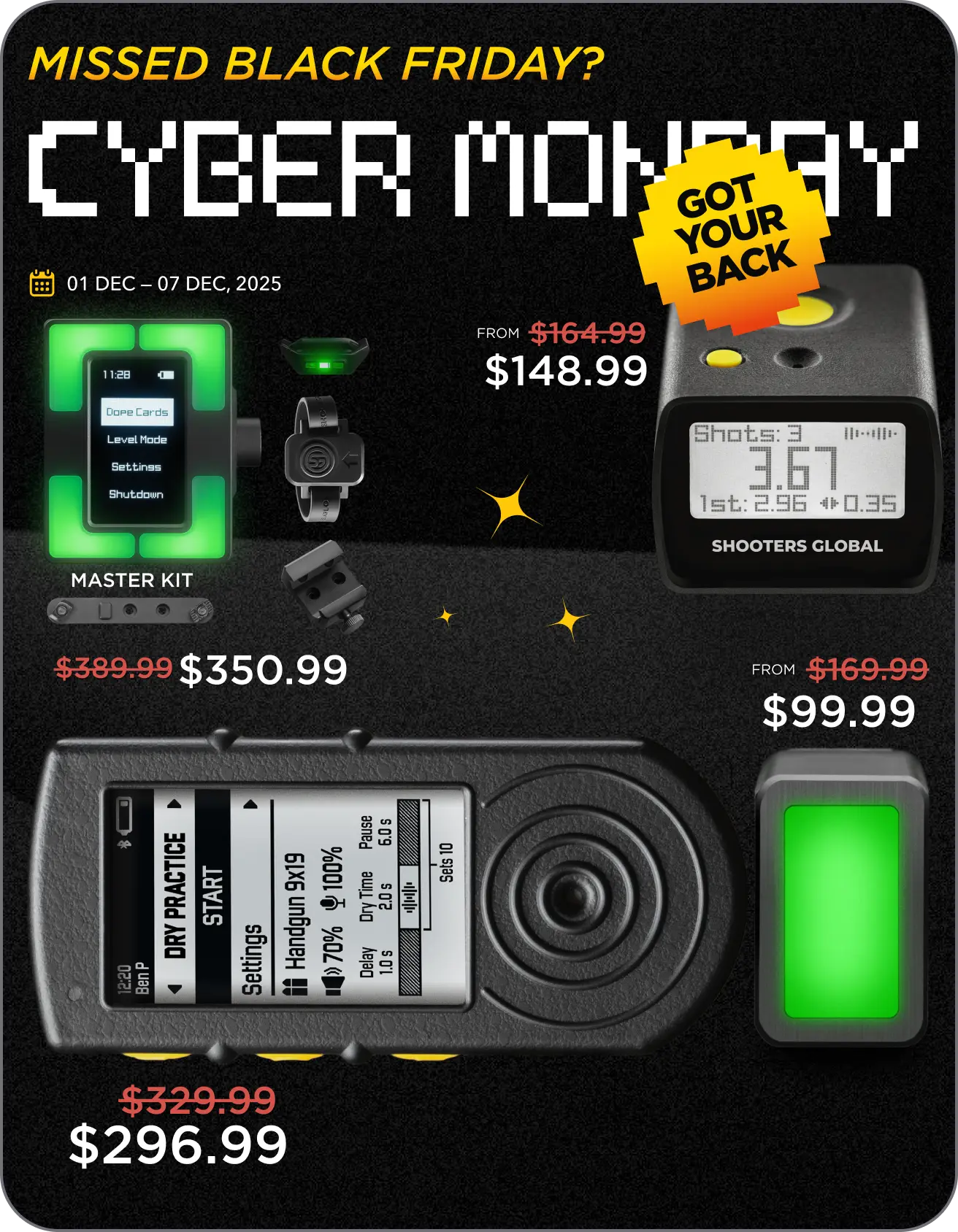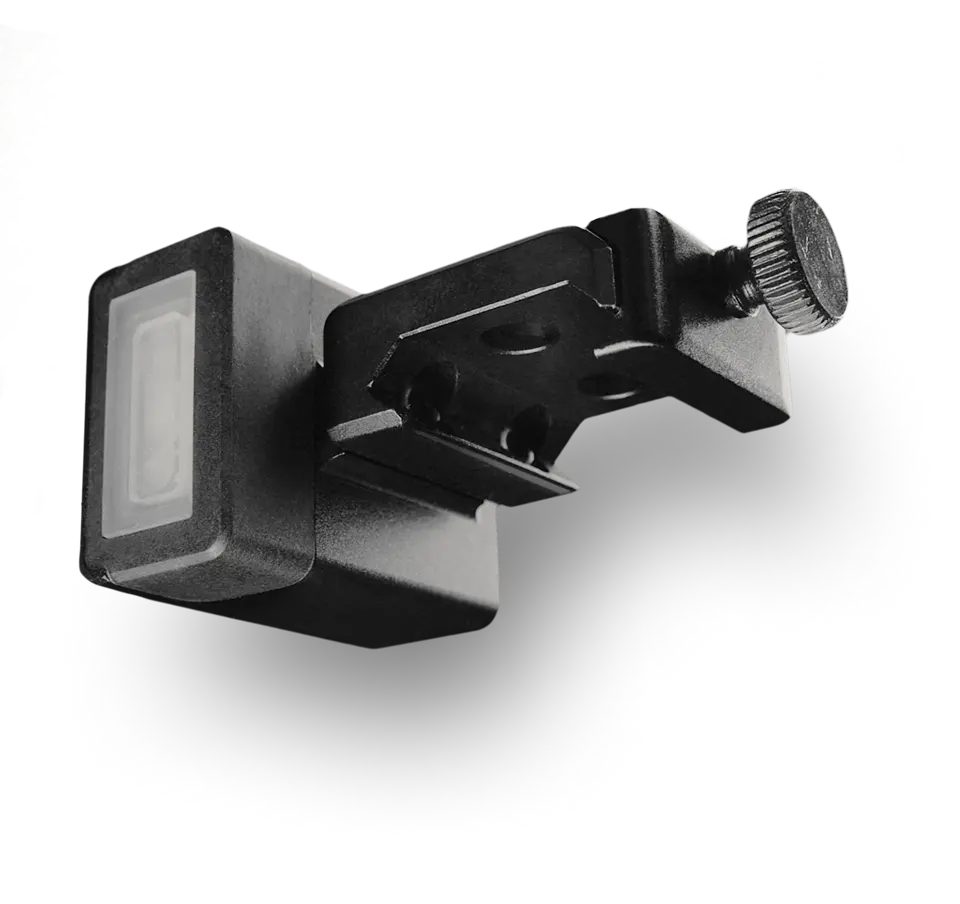This is a review by X-RING: “SG Pulse. Better than the LRA/MDT Send It?”
Original video of the SG Pulse review:
- Follow X-RING and Shooters Global on YouTube!
- Order SG Pulse here
And enjoy the SG Pulse review!
SG Pulse Comparison
As long-range shooters, we have enough going against us — everything from the wind to worrying about standard deviation and extreme spread. All of that matters. But once you’ve mastered, or at least have a really good grasp of, your fundamentals of marksmanship, it’s time to employ all of this and ensure you’re making those shots as needed.
However, when you start shooting in the mountains or on side slopes, it becomes really difficult to determine what level your rifle is on. Level is extremely important — so much so that if you’re taking a thousand-yard shot and you’re off by about one degree, you’re going to have about a five-inch off-target miss. Maybe the target’s bigger than that, and it won’t miss, but for every degree of cant at 1,000 yards, you’re looking at about five to six inches off target. So if it’s canted to the right, you’re going to miss by about five to six inches to the right.
Remember, you still have to have those fundamentals down first and foremost. If you don’t have those down, then it doesn’t matter what type of level you put on there.
In the past, we had spirit levels, and they worked really well. But around 2015 or 2016, we started seeing little digital levels. They were in their first prototypes back then, just starting to come out. As we get older, it’s a little harder to focus on things that are up close, just in front of the ocular. With a digital levels, you didn’t have to really focus on it; it was kind of in your peripheral vision. Regardless of how you had it mounted, whenever you saw the green light, you knew you were level.
These have been phenomenal. Around 2022, another major digital level brand created a digital level that is still popular today, and these have always been awesome. I do not compete without an electronic level because I’m not having to focus on it. I can also see it at night; you can turn it down. But they’ve really been the only option on the market, and they’re not inexpensive. You’re looking at about $230 as it sits, and that was the original one.
It gave you some options because now you could mount it on a Spuhr; you could mount it on an M-LOK. But now you were looking at adding $40 to $60 for this mount to your already $230 level. So now you’re looking at about $300 for an electronic level. While it’s important, is it that much better than a $15 level? No, it isn’t. But to me, it was well worth it because I didn’t have to focus on it.
Also read: Bubble Level vs Electronic Level for Sniper Rifle. What to Choose?
We love competition. Competition in the market is what drives prices down and drives innovation. So when we heard that the guys from SG — Shooters Global — you might recognize their shot timer — were coming out with a level called the SG Pulse, we had to have it. These guys did not reach out to us; we reached out to them because we wanted to see exactly what it was going to offer on the market.
You’re looking at a price point of about $150 to $160. It doesn’t use the cumbersome N-style batteries, and you have a lot of different configurations you can run on it. It is so simple; it integrates perfectly with your cell phone — it doesn’t matter if you’re using an Android or an Apple product. You just press and hold it for three seconds. The form factor on this thing is unbelievable. We’ve actually been testing it for quite a while, and if we want to mount it at 45 degrees, 40 degrees, whatever angle we want, we can immediately calibrate it with our phone to tell it what level is once we’ve leveled that rifle.
You have a couple of different options: you can mount it on a Picatinny rail; you can mount it on an M-LOK, and it’s going to be about $150. The beauty of it is you can also integrate it with the video feature. So if you have the shot timer, you can get real-world footage and see exactly what your barrel is doing. You can see exactly how steady you were when you pulled that shot. Let me give you an example of that.
Example Usage with the SG Timer Application
Using the SG Timer application (Drills), it pairs perfectly with the SG Pulse. For this first shot, we’re going to get on the barricade. We’re actually going to hold it to the horizontal right so you can see it, but pay attention to how that resolution to the left shows that we’re holding about 1 MOA. It shows the recoil straight up and down. You’ll see our barrel angle is about five to six degrees.
On this one right here, we’re actually going to hold it more definitely level, but we’re behind the rifle wrong. Watch the recoil — you see that recoil impulse was off to the right. So you can do a lot of different things with this to see how precise your shots are when you’re actually taking them. Slightly out right but within that green, you can see that it recoiled up and to the left. So we think, as a training tool, the SG Pulse paired with the SG Timer 2 is a great asset.
SG Pulse Review: Features and Benefits
Another thing we like about it is it does have rechargeable capabilities. It has a magnetic charger, and it’ll actually run for 50 hours continuously. It does have auto-off; it has different brightness levels, and you can also use it to help level your scope because it is a very, very precise level.
The unit will ship with the Picatinny or the M-LOK mount for about $150, or you can buy both for around $160. Remember, we have no ties to this company, so there’s no discount code or anything like that. It’s just something we wanted to report and share with you.
We like the different options for being able to mount this. It looks like it’s really good quality machining with good coatings on it. But there are some things that we are going to have to point out. All is not perfect in the world, right?
Areas for Improvement
So on the M-LOK, and we know why they did this — because if you wanted to attach an M-LOK to your rail — we’re going to hold this where you can see it — so if we want to mount it here so it’s kind of out of the way, they’ve got one screw, one M-LOK screw here because you have two screws that actually hold this unit on. Now, they couldn’t — I guess they could put another locator in there — but usually, M-LOK is pretty consistent.
The problem is they didn’t get their machining quite right, so we don’t like things that wiggle. If you look, you can actually see we’ve got a little bit of wiggle when we use the M-LOK mount. Now, this is as tight as you can get it without breaking the screw. So that is one thing we’re going to point out — the M-LOK mount could be made a little better.
If you’re going to do this product and do it right, we think having it maybe a little bit longer and having two screws where it goes off to the front would give you more versatility. Most people are never going to mount a level all the way on the end of their forend, but having that extra length to be able to hit this other M-LOK slot is not really going to hurt it.
As far as the Picatinny mount, this thing’s solid. They did a really good job; we like the knurled screw on it, and it does give some competition. They’ll either have to come down on the price, or they’re just going to lose a lot of sales to these.
Another thing is, while that level is still a great, proven product — we’re looking at about a 10-year track record — the thing about it is it’s very hard to get. They’re usually out of stock, or when they come in stock, they’re in stock for a little bit and then they’re sold again. But to be able to save $80 or more on an electronic level, we think is significant, especially in today’s economy with how expensive everything is.
Now, we get it — getting into long-range shooting is not inexpensive, but also we try not to cut corners where we don’t have to.
The other thing we don’t like about this is we wish there was a — and maybe there is, but in the information that we’ve found — we wish there was a manual way where we could reduce the brightness or make it even darker than what it is because in a low-light situation, even on position one for the brightness, it is still a little bit bright. It’s great when it’s backlit; we had no issues seeing it. We know on the camera it might not show up as well, but we can promise you it is plenty bright enough. We just wish we could make it a little more dim.
Another thing is, look, we know that with that level, you can adjust sensitivity and all of that, but you have to refer back to the little cards to figure out how to do it, whereas this is integrated right into your smartphone. It makes it so easy, so fast.
Conclusion
This detailed review of the SG Pulse electronic level provides valuable insights. In summary, the SG Pulse, the 5 in 1 precision shooting assistant, stands out as the superior device for precision shooters. It offers advanced features like smartphone integration, a rechargeable battery with up to 50 hours of continuous use, a compact and unobtrusive design, and a significantly lower price point of $150 to $160 compared to the $300 alternative. Despite minor areas for improvement, the SG Pulse’s affordability, ease of use, and innovative training capabilities — especially when paired with the SG Timer application Drills — make it the better choice for those seeking accuracy without compromising on quality or breaking the bank.
Order SG Pulse on official website

